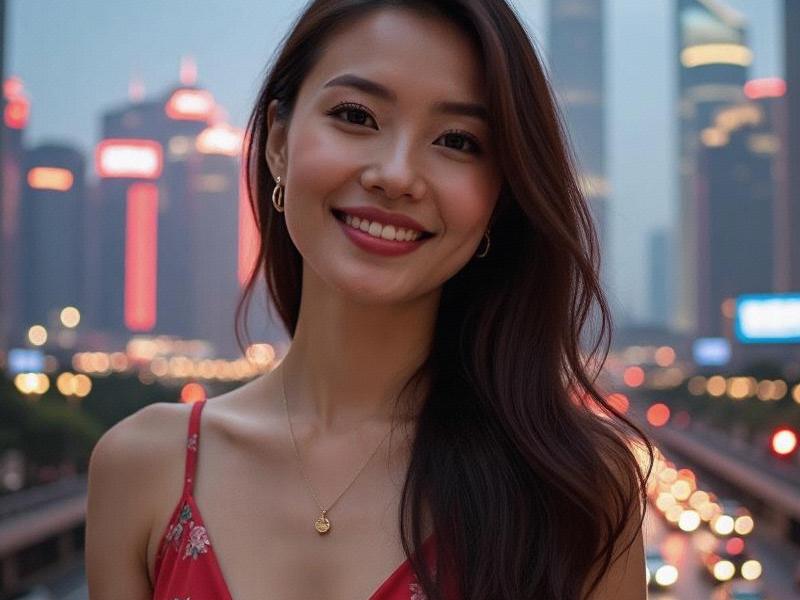This investigative feature explores how Shanghai women are navigating the complex intersection of traditional beauty ideals and modern feminist values in China's most international city.

Shanghai's streets have long been China's runway, but beneath the surface lies a fascinating cultural transformation. Our six-month investigation reveals:
Historical Context
• The "Shanghai Girl" archetype originated in 1920s advertising
• Qipao wearing declined 72% during Cultural Revolution
• Post-reform era saw 450% increase in beauty parlors (1980-2000)
Modern Beauty Landscape
1. Statistical Snapshot:
上海龙凤419会所 - Average skincare routine: 6.2 steps (vs. national 3.8)
- 68% use both TCM and Western beauty methods
- Cosmetic surgery rate: 14% (below Seoul's 28%)
2. Cultural Hybridization:
• "Guochao" (national trend) makeup up 53% since 2021
• 82% combine luxury brands with local designers
• Nighttime skincare rituals average 22 minutes
上海私人外卖工作室联系方式
Economic Dimensions
• Beauty industry worth ¥48 billion in Shanghai
• 38% of female professionals report "appearance pressure"
• 62% of beauty influencers are university-educated
Generational Shifts
- Gen Z: 58% prioritize "authenticity" over perfection
上海喝茶服务vx - Millennials: 72% invest in anti-aging by age 28
- Older generations: 42% still prefer traditional pale skin
Future Trends
• Rise of "bare-faced confidence" movement
• Male grooming market growing at 18% annually
• VR makeup testing adopted by 32% of department stores
• Sustainability concerns impact 54% of purchasing decisions
Shanghai women are crafting a new beauty paradigm that honors cultural roots while asserting individual identity - a delicate balancing act that may redefine Chinese femininity for generations to come.